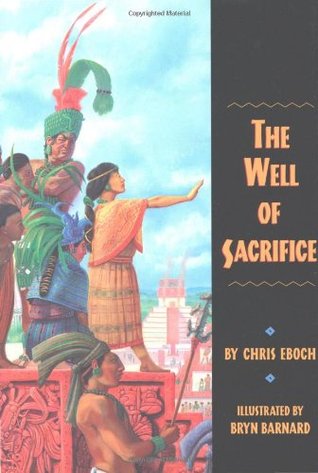 |
| Mayan village in Legos. My oldest child's project. |
 |
| Goodreads listing |
Eboch doesn't pull many punches in describing the blood-letting ritual and the more grotesque aspects of Mayan culture while still painting a relatable main character. We're only a few chapters into it, but my children are experiencing the Mayan culture in a way they've not gathered from the Mayan sites they've actually visited.
 |
| Copan ruins in Honduras |
I've been working on my own 80s era middle-grade novel--it makes me want to swallow my teeth to think the 80s are now considered historical--and it has kept me awake sorting and resorting the details and plots in my mind. Not to mention the links, notes, etc. that I have to collect. And that's for a "history" I actually (mostly) lived through!
My new heroes are historical fiction writers for children.
I'm looking forward to digging further into Eboch's books. I'm surrounded by Mayan history, but only in fallen stones and broken pottery. This book is giving me a way to visualize the people behind the tumbled temples and pottery shards. We'll see if the ending is as compelling as the beginning, but so far, so good.
Have a great week.


